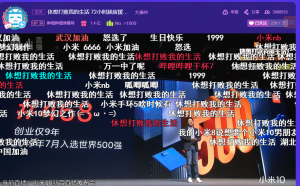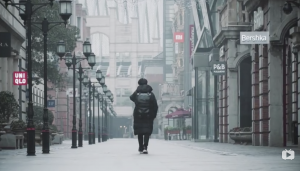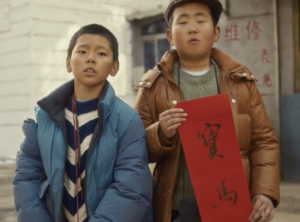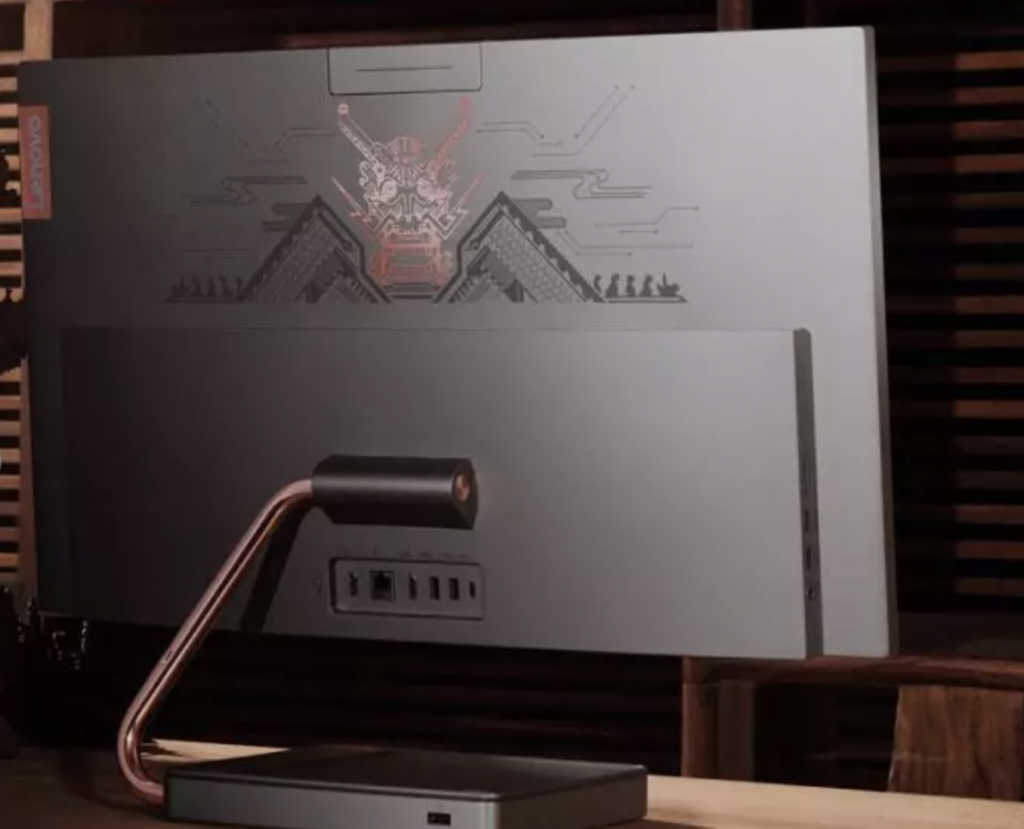
Lenovo’s desktop computer collaboration with the Palace Museum
Culturally inspired collaborations rank among the hottest trends for brands in China this year. Major institutions both domestic and foreign have joined forces with a variety of brands — running the gamut from packaged foods to high-end jewelers — to use their IP to develop increasingly inventive products tailored to the Chinese market, such Lelecha’s tea beverages inspired by the collections of the Dunhuang Museum and Cartier’s exhibitions with the Palace Museum in Beijing.
The rise of these collaborations, known as wenchuang (文创, literally “cultural creations”), has been driven by Gen Z and millennial consumers, who seek creative ways to explore their cultural heritage. And while the resulting products are typically sold in museum gift shops, the indispensability of e-commerce in China means they are also widely available on platforms such as Tmall and JD.com. In fact, a number of collaborations have been released in tandem with major online shopping events: Oreos created a limited-edition collaboration with Beijing’s Palace Museum on cookies in six “imperial flavors” (including green tea and red bean) for a Tmall Super Brand Day, while New York’s Metropolitan Museum of Art partnered with Chinese cosmetics brand Perfect Diary on lipsticks inspired by its collection of royal portraits for JD.com’s 618 Festival.
The demands of Chinese consumers require wenchuang products to be more than just souvenir trinkets with adorned with brand logos — increasingly sophisticated shoppers want items that are useful, culturally meaningful and aesthetically appealing. A recent partnership between Lenovo and the Palace Museum offers a good example of how brands can fulfill all three needs: the resulting series of products showcases the core concept of Chinese wisdom both ancient and modern, highlighting the national creative spirit shared by the 35-year-old technology firm and the 600-year-old palace complex that dates back to the Ming Dynasty.
The exterior surface of a computer is usually a blank canvas interrupted only by a simple brand logo. But for the collaborative edition of the AIO 520X Max desktop computer, Lenovo fills the empty space with a highly detailed etching of a distinctive interlocking bracket known as a dougong (斗拱), an important structural element in traditional Chinese architecture that can be found throughout the Forbidden City. The design seeks to honor the technical advancements of the past and the spirit of innovation as it has unfolded over the course of China’s long history.
Other products in the series include the “Forbidden City red” notebook computer, inspired by the a brocaded crimson silk robe of the imperial court, and smaller consumer electronics items such as wireless headphones, a smart scale and a battery charger patterned with other imagery from the museum’s vast holdings.
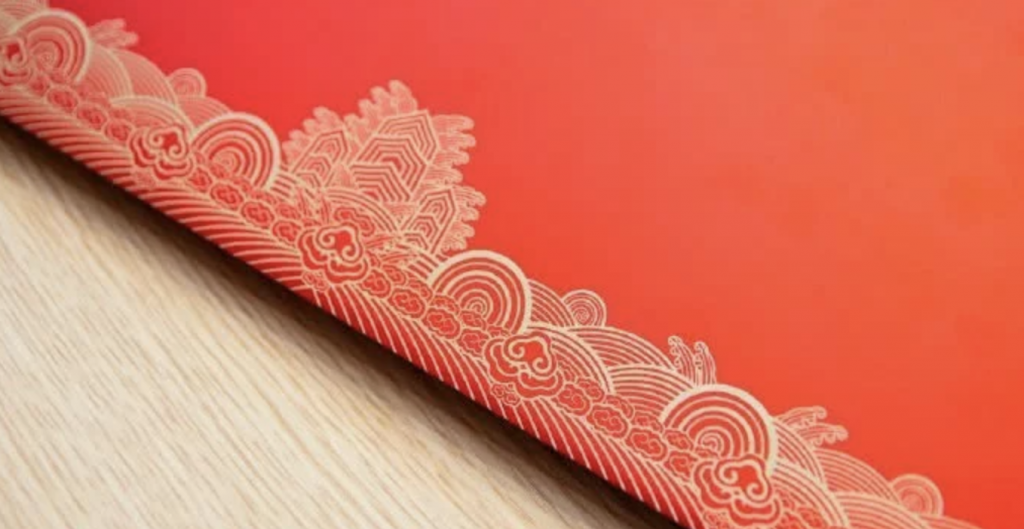
Detail of Lenovo’s “Forbidden City red” notebook computer
To promote the collaboration, Lenovo created a short video sharing the stories of master craftspeople who work with lacquerware, carpentry and embroidery, further enhancing the connection between traditional Chinese arts and Lenovo’s effort to show the value it places on the artisan spirit as it develops new technologies. Lenovo also worked with influencers involved in the traditional culture scene to share the new products on Weibo.
Instead of the typical short-term collaboration, Lenovo seeks to build on its relationship with the Palace Museum to tell more artistically-oriented stories and increase cooperation between the two sides. In that respect, it is an approach similar to the one adopted by Tencent, which has announced a far-reaching partnership with the Palace Museum that includes digitizing the museum’s holdings and developing original content focused on the institution and its history.



